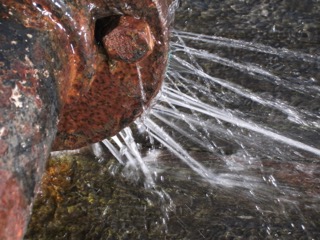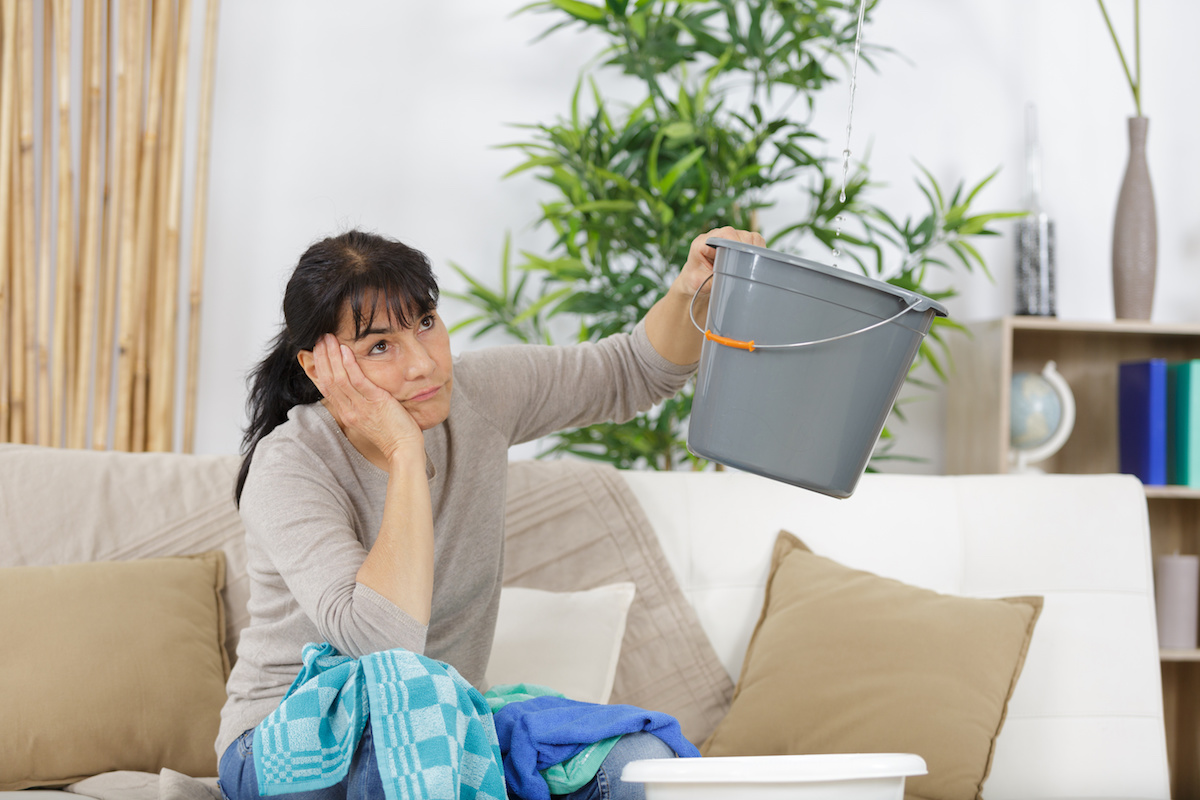Your Important Guide to Effective Septic Tank Maintenance
Your Important Guide to Effective Septic Tank Maintenance
Blog Article
We have found the article about Do’s And Don’ts For Homeowners Managing With Water Damage down the page on the net and believe it made good sense to talk about it with you on this site.

What should you do if a pipes bursts in your residence, developing a mini-waterfall as well as swamping an area of your home? In this scenario, you must act fast. The longer you wait, the extra extreme the water damages in your residential property. When an emergency such as this occurs, presence of mind is key. For these reasons, you require to discover what to in case of a burst water pipe. Since time is of the essence, check out the adhering to ideas below to help you act quickly.
Turn off the Key Waterline Shutoff
The first thing you have to do is shut the shut-off shutoff. Search for the neighborhood shut-off shutoff to turn-off water in one particular location just. If you don't recognize where the localized shut-off valve to the component is, you have to turn-off the major waterline valve. This will remove the water in your whole residence. Typically, the main shutoff is found outside the residence next to the water meter. You can also discover it in the basement at an eye-level or it might be in the 1st flooring on the ground if it's not there. Generally, building contractors but the shut-off shutoff in the main ground degree bathroom or ideal next to it.
Call Water Damages Restoration Pros for Assistance
After shutting the water resource, call the pros for help. With their professional assistance, you can minimize worsening because water can seep through your things resulting in distorted walls, loosened floor tiles, or damages structure.
Document the Damage For Insurance coverage
As you are waiting for the pros to arrive, document the damage caused by the wayward pipeline. Remaining aggressive with this permits you to submit a case for insurance coverage, which will certainly assist you as well as your household get back on your feet.
Salvage Things That Can Be Saved
Once you're done taking images, read the products as well as get the most important ones from the stack. Dry them off and attempt to protect as long as you can. Drag them away from moisture so they can start to dry.
Begin the Drying Process
While waiting for the pros, you can begin the drying out process. Thankfully, water from your waterlines are tidy so you don't need to stress over sewer water. The streaming water may have interrupted the dust and also particles in your floorboards and carpetings. So be prepared with gloves as you use pails to discard out the water. After that, blot out as much as you can with old towels. You can likewise turn on an electric follower or open windows to promote air blood circulation. This will accelerate drying out and hinder mold and also mildew development.
Professionals are the just one qualified to take care of the burs pipes as well as subsequent damage. And also keep in mind, pipelines don't simply suddenly ruptured. You will usually see red flags like bubbling paint, unusual noises in the plumbing, stuffy odor, caving ceiling, peeling off wallpaper, or water stains. Focus on these points, so you can nip any concerns in the bud.
What should you do if a water pipeline ruptureds in your house, producing a mini-waterfall and also flooding an area of your house? For these factors, you need to learn what to in instance of a burst water pipe. After closing the water resource, call the pros for help. With their professional assistance, you can minimize exacerbation since water can permeate via your things resulting in distorted walls, loosened tiles, or damage structure. Luckily, water from your waterlines are tidy so you don't have to worry regarding sewage system water.
Handling a Burst Water Pipe in Your Plumbing System
Main Valve Shutoff
The first step in any significant plumbing emergency where water damage or flooding is a concern: Shutting off your home's main water valve, which is the primary source of water flow to your system. The main valve will often be found in the basement, though it's sometimes under the kitchen sink or in another location – as a homeowner, you should know where your main water shutoff valve is in case of events like these.
And before you do anything else, including calling our plumbers, you should head to this valve and turn it off. This will stop the flow of further water through the burst pipe area, and will limit the damage while you wait for our team to arrive.
Calling a Plumber
The precise timing with which you call our plumbers for emergency plumbing assistance may vary somewhat – you may take a few of the other steps we'll go over here before you do so, depending on the extent of the damage and other factors. At some point here, however, you should be contacting our team for emergency assistance.
If you're inexperienced dealing with these kinds of issues, it pays to make this call sooner rather than later – often immediately after you've turned of your main shutoff valve. This is because once you've called us, our plumbers can give you tips and expertise to follow from over the phone, helping you with a few basic actions while you wait for our team to arrive in-person. We'll make sure you avoid any mistakes while taking proper action to slow the extent of any damage taking place.
Pipe Draining
The next step to perform after main valve shutoff, whether on your own or with the assistance of our arriving plumbers, is to drain the various pipes of any water that's remaining in them. You should move through the home and flush every toilet that's present, which will remove all the water from these pipes (the toilets will not refill if your main water valve has already been turned off, as it should have). In addition, run the cold-water side of every faucet in your home until they're dry. These basic steps will limit the amounts of water that reach the burst pipe area and risk water damage.
Other Turnoffs
A couple other important home components should also be turned off during this process:
Water heater: Not only should you turn off the power to your water heater during this situation, you should also go back afterward and run the hot water side of your faucets and showers until they're dry. This serves the same purpose as above: Removing any additional water that may run through the burst pipe area before it does so. Electricity: If there is any standing water whatsoever taking place as a result of your burst pipe, or especially if there's a risk of any water contacting your electrical outlets or fuse box, you should be heading to your main circuit breaker and (carefully) turning off electricity to the home until the issue is resolved. Documenting and Cleaning
And finally, it's time to get to work documenting the issue and repairing it. For smaller cracks that have formed, we may be able to use commercial tape or a chemical bonding agent for quality repairs; for more significant damage, we may have to replace certain pipe sections.
In either case, documenting the damage and repairs done is important. This will allow any future homeowners or plumbers to have proper information, for one, and will also give you a reference in the future. In addition, it's important to consider professional water damage remediation, including prevention of mold and mildew formation, if significant leaking took place.
https://mybuddytheplumber.com/blog/handling-a-burst-water-pipe-in-your-plumbing-system/

Hopefully you liked our topic on Water Damage Restoration Do’s And Don’t. Thanks so much for finding the time to read our piece. Enjoyed our piece? Please share it. Help someone else locate it. Bless you for your time. Come back soon.
Report this page